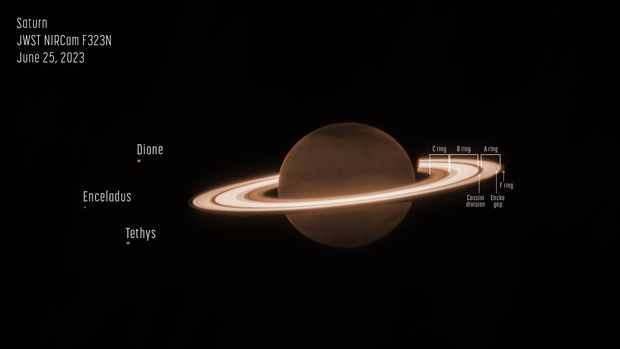Yes and no.
The sun has an 11 year cycle of weather and is approaching so-called "solar maximum," which basically means there are more sunspots, more solar storms, and more coronal mass ejections.
The next solar maximum is actually hitting slightly early...it might peak as early as the end of the year. And it's going to be a high one, too.
Which means there's now talk of the "internet apocalypse" and the "destruction" of the internet.
So, what's the worst case scenario? A months-long blackout...which would impact the supply chain and might make it hard for people to get food and, worse, medication... We're so dependent on global communications people would die.
It wouldn't be the end of the world, but it would be a major disaster. On top of that, we might lose large parts of the power grid...also for months.
How likely is it?
The last event of that magnitude was in 1859, which was called the Carrington Event. It set fire to telegraph lines.
It would be worse now...
...but again, how likely is it?
First of all, the majority of solar storms miss Earth altogether. The sun "burps" in all directions, not just towards our little planet.
Second of all, the majority of solar storms that hit Earth go unnoticed by the majority of people. You might find you can't get normal accuracy when using your cell phone's GPS, for example. Your electronics aren't going to be affected. The vulnerability of the internet is the long (and expensive and time-consuming to replace) cables that run under the Atlantic and Pacific. There IS a tiny, tiny chance that you could get horrendously unlucky and your computer could be fried by one random particle. It would have to be turned on.
The chances of being hit by an apocalypse level flare are actually pretty slim.
And here's the last thing.
Most problems are caused by CMEs. CMEs can take as long as three days to reach the Earth and with the forecasting technologies we're developing, we can see where they will hit.
There is a very, very simple way to protect any kind of electronics from a CME or solar flare:
Turn them off.
As we improve space weather forecasting, we can imagine a situation where we forecast a flare hitting and...turn off the internet for a few hours.
It would suck for those of us who are addicted to social media and video games. But it would prevent a disaster.







